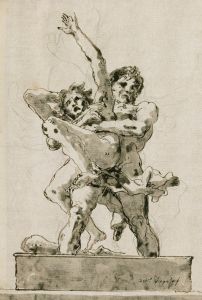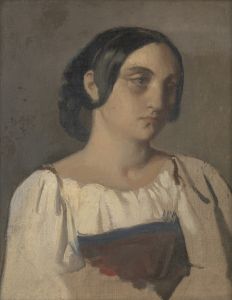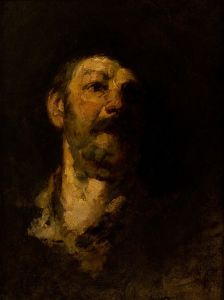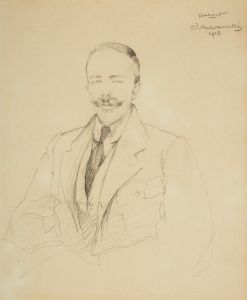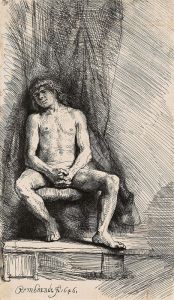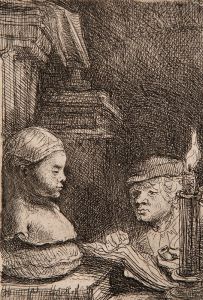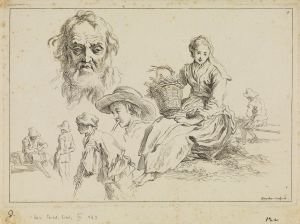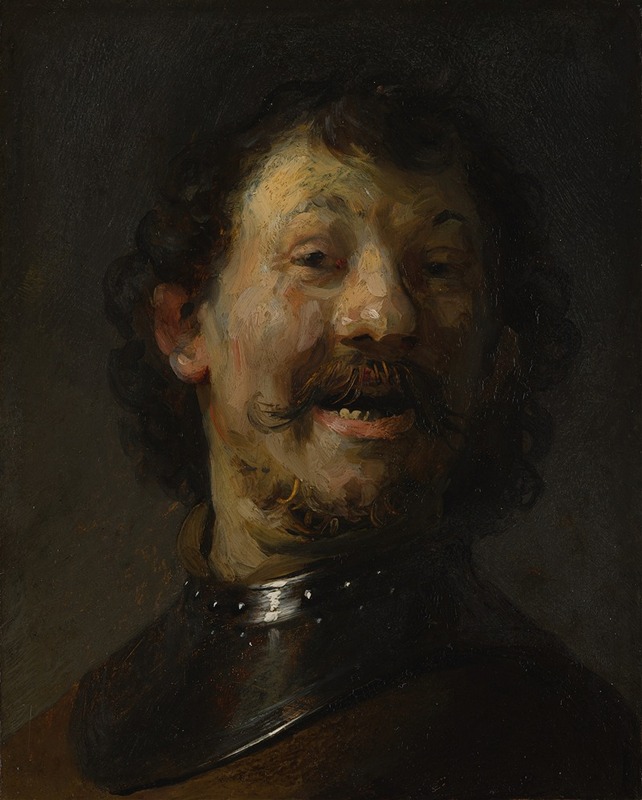
The Laughing Man
A hand-painted replica of Rembrandt van Rijn’s masterpiece The Laughing Man, meticulously crafted by professional artists to capture the true essence of the original. Each piece is created with museum-quality canvas and rare mineral pigments, carefully painted by experienced artists with delicate brushstrokes and rich, layered colors to perfectly recreate the texture of the original artwork. Unlike machine-printed reproductions, this hand-painted version brings the painting to life, infused with the artist’s emotions and skill in every stroke. Whether for personal collection or home decoration, it instantly elevates the artistic atmosphere of any space.
"The Laughing Man" is a painting by the renowned Dutch artist Rembrandt van Rijn, created around 1629-1630. This work is an oil on panel and is notable for its expressive portrayal of a man in a moment of laughter, showcasing Rembrandt's exceptional skill in capturing human emotion and character.
Rembrandt Harmenszoon van Rijn, commonly known as Rembrandt, was born on July 15, 1606, in Leiden, Netherlands. He is widely regarded as one of the greatest visual artists in the history of art and the most important in Dutch art history. His contributions to art include a wide range of subjects, from portraits and self-portraits to landscapes, genre scenes, historical scenes, biblical and mythological themes, and animal studies.
"The Laughing Man" is a fine example of Rembrandt's early work, created during a period when he was exploring the effects of light and shadow, as well as the subtleties of human expression. The painting depicts a man with a broad smile, his head slightly tilted, and his eyes crinkled in genuine amusement. The background is dark, which serves to highlight the subject's face and the play of light across his features. This use of chiaroscuro, the contrast between light and dark, is a hallmark of Rembrandt's style and contributes to the lifelike quality of the painting.
The identity of the man in "The Laughing Man" is not definitively known, and there has been much speculation over the years. Some art historians suggest that the subject could be a self-portrait of Rembrandt, given the artist's frequent use of himself as a model during this period. However, there is no conclusive evidence to support this theory, and it remains one of the many mysteries surrounding Rembrandt's oeuvre.
Rembrandt's ability to convey emotion through his brushwork is evident in "The Laughing Man." The texture of the paint and the careful attention to detail in the man's face create a sense of immediacy and presence. The painting is also an excellent example of Rembrandt's early mastery of portraiture, a genre in which he would continue to excel throughout his career.
"The Laughing Man" is part of the collection at the Mauritshuis museum in The Hague, Netherlands. The Mauritshuis is home to many masterpieces of Dutch Golden Age painting, and Rembrandt's works are among the highlights of the collection. The painting's inclusion in this prestigious museum underscores its importance and the enduring appeal of Rembrandt's art.
In summary, "The Laughing Man" by Rembrandt van Rijn is a captivating portrait that exemplifies the artist's early talent for capturing human emotion and his innovative use of light and shadow. While the identity of the subject remains uncertain, the painting continues to be celebrated for its expressive quality and technical brilliance.





